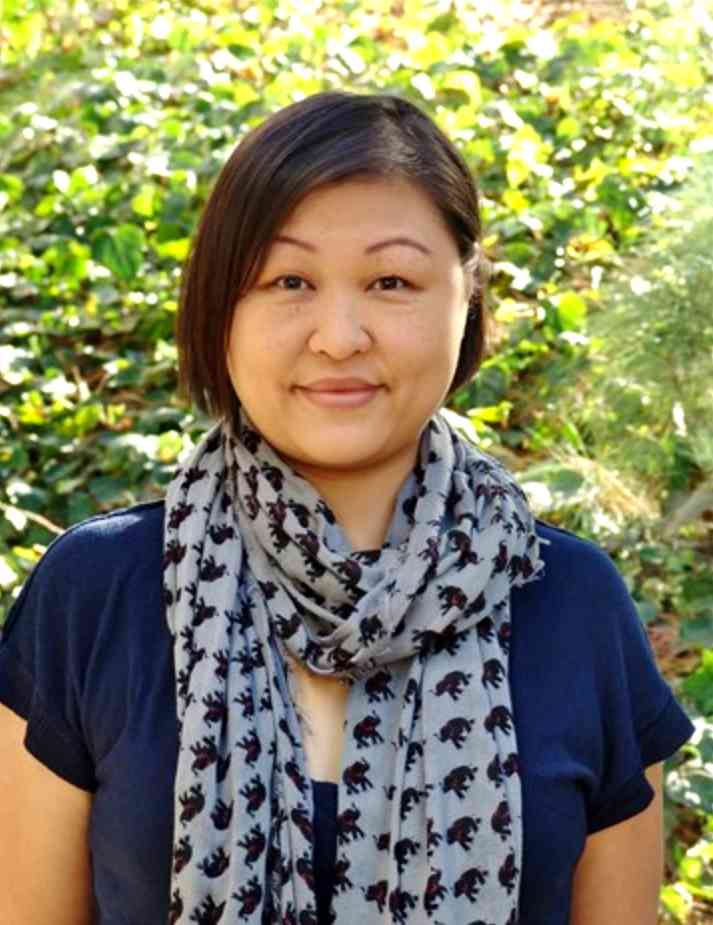Study: Asian American Women Have a Harder Time Getting Help for Eating Disorders



By Ryan General
December 20, 2017
It is much more difficult for Asian American women to find help for eating disorders and body dissatisfaction in the United States, a recent poll data revealed.
The new findings, collated by a team of researchers from California State University, Fullerton (CSUF), revealed that female Asian Americans face obstacles when trying to get help for such issues, NBC reported.
In the study, 212 Asian Americans were asked to participate in an online survey about disordered eating and body image between late 2014 to early 2015. The analyzed sample had an average age of about 25 years old, with about 77% of whom being female. Based on the preliminary analysis released by the researchers back in October, respondents said they faced certain barriers when trying to seek for help for their eating disorders and other similar concerns.
Among the challenges mentioned included the belief that the symptoms they were experiencing weren’t “severe enough”, the denial that they were indeed having problems, and not knowing where to find assistance when they eventually acknowledge them.
Responses such as, “my mom thought I looked nicer when I ate less” and “it was embarrassing to tell others that I had felt terrible about my body and the way I looked,” resonated most with the participants. The stigma attributed to people getting professional help and having an eating disorder were also mentioned as obstacles.
“Research has indicated that Asian Americans have stigma (negative views and beliefs) about seeking treatment, but we don’t know a lot about their subjective, phenological experiences of how they understand the reasons that stopped them from seeking treatments or stopped treatment,” lead researcher and CSUF College of Health and Human Development associate professor Yuying Tsong, was quoted as saying.

“These narratives/qualitative responses give us more insights into their experiences, which can be a good foundation of moving forward to conducting larger scale qualitative studies,” Tsong explained.
“Understanding barriers to treatments can also help us start to think about how we can reduce these barriers so we can make it easier for Asian Americans to access help when needed.”
In an earlier study, also conducted by Tsong and his research team in 2011, therapists who had worked with such patients stated that their clients experienced “inordinate thin idealization and body dissatisfaction, and most believed that Asian American women experience greater familial and cultural pressure to be thin than do other women.”
Tsong further revealed that a significant number of the participants who said they were forced to stop seeking treatment, explained that they no longer had access to university provided free counseling after they graduated.
Since the findings were based on an online survey where participants self-identified their concerns and issues, the researchers admit that their study is still limited.
“However, for Asian American community, some research has suggested that online anonymous survey format helps the participants to be more forthcoming in their response because they didn’t have to worry about ‘losing face’,” Tsong noted.
Asian Americans have also been found earlier to be three times less likely to seek mental health services than Whites.
Tsong suggests that providing more workshops for different communities will be a great help for individuals to have a better understanding of eating disorders, body image, and therapy.
He also proposed that professionals must be aware of the communities they work with and be particularly competent in their knowledge, awareness, and skill sets to address concerns of an individual belonging to a certain culture.
“Therapy needs to be conducted with the understanding of the cultural context. There are many stresses that are more salient for immigrants of color, racial/ethnic minorities, or children of immigrants,” Tsong explained.
“Therapy needs to be conducted with the understanding of the cultural context. There are many stresses that are more salient for immigrants of color, racial/ethnic minorities, or children of immigrants,” Tsong explained.
Share this Article
Share this Article